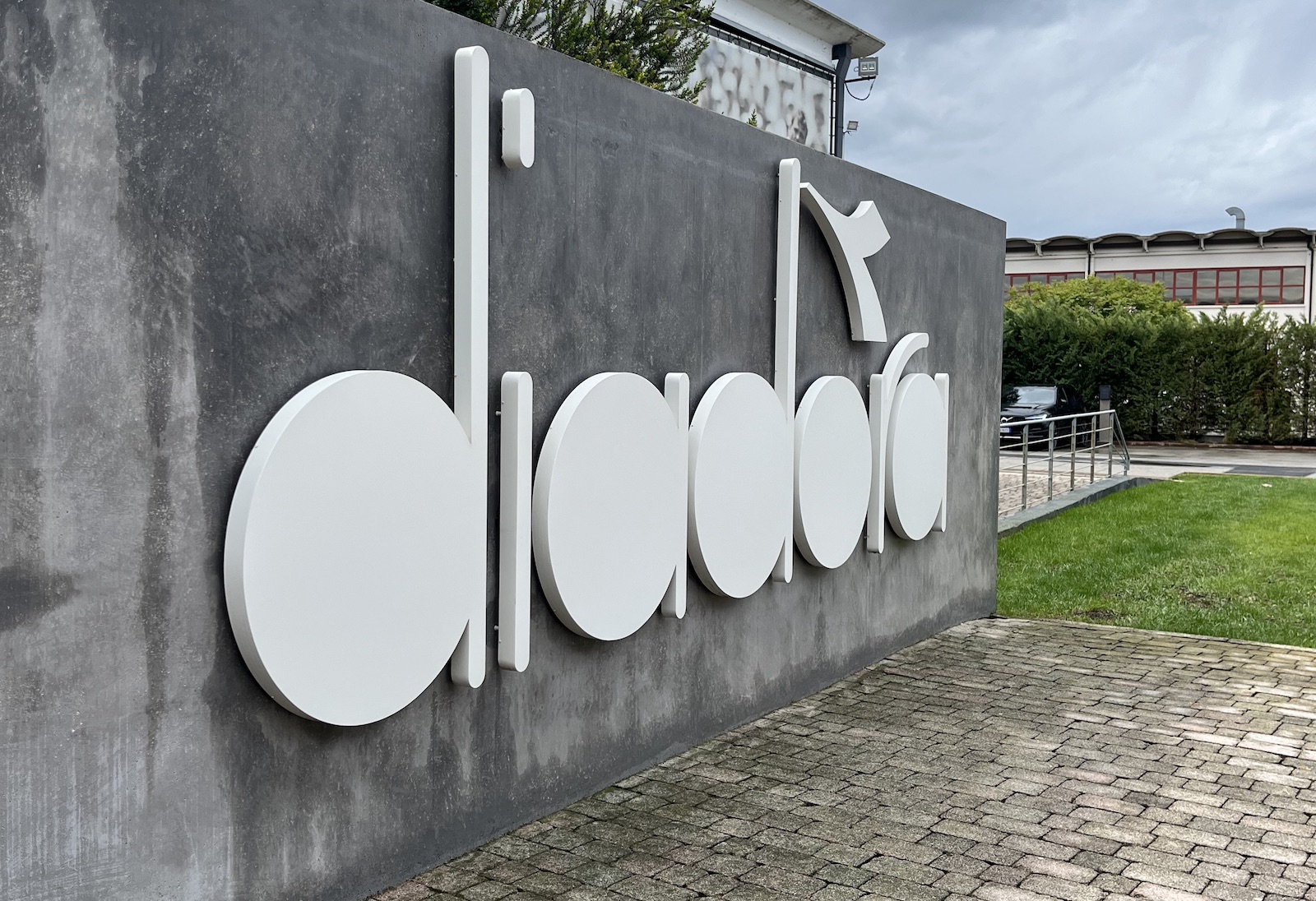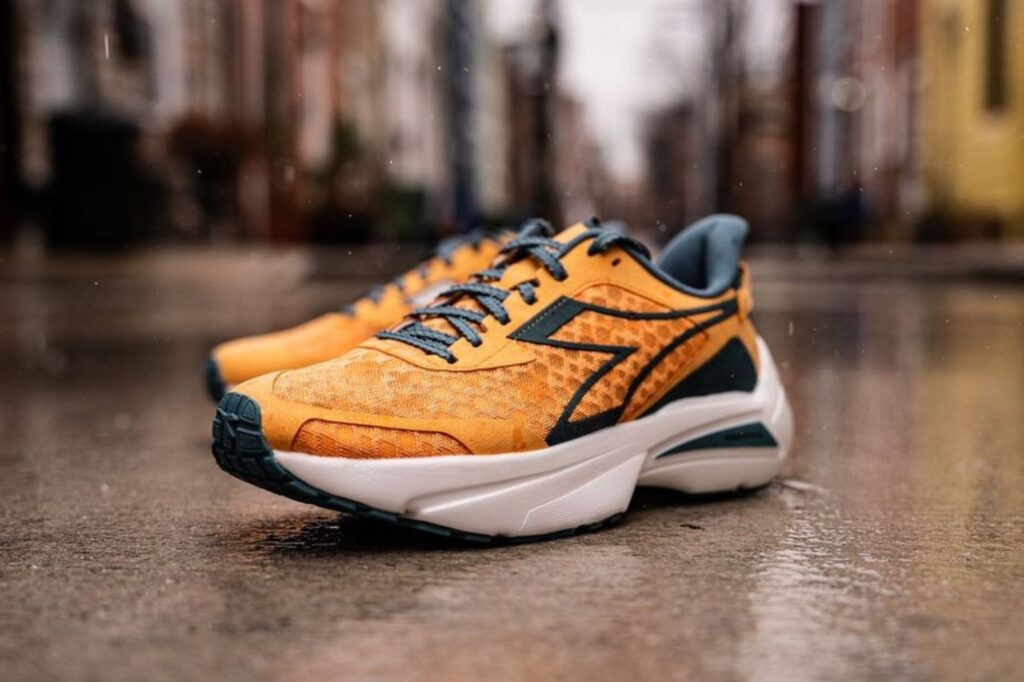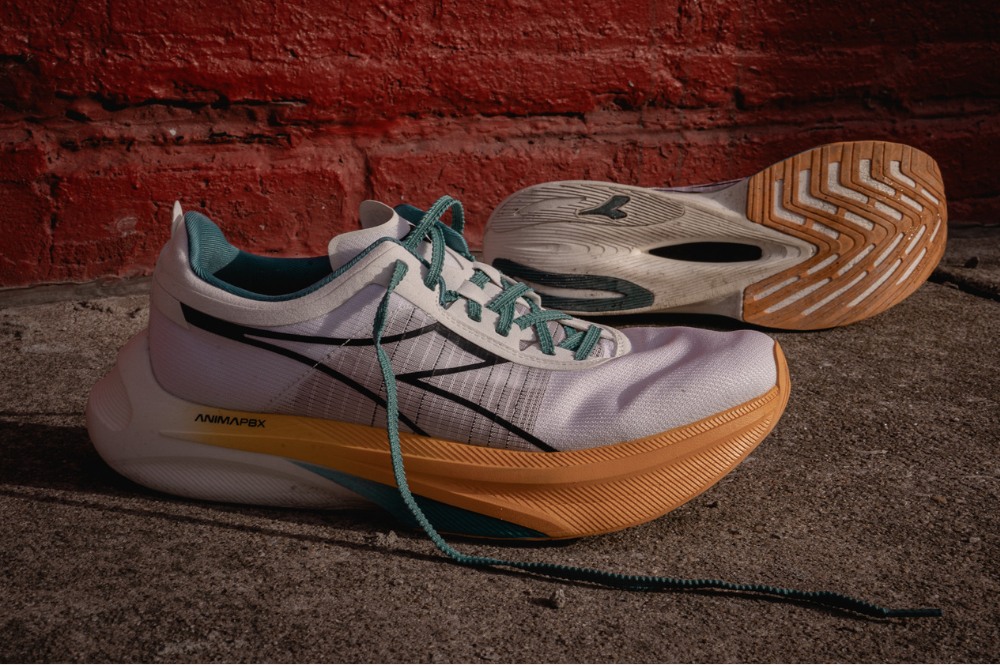
Diadora
Italian innovation and design since 1948
Can they make a statement in the run scene?

There was a time, not long ago, when Italy was an icon in sport. On courts and fields of grass, on roads and tracks of pavement, from tennis to soccer (calcio to Italians) to running to F1 racing, Diadora led the charge in Italian innovation, holding both heritage and performance in the palms of its hands.
Then things fell apart. Not completely, but it’s safe to say that the brand peaked in the nineties, at least when it came to athletics. That was a time when every kid wanted Diadora gear for their Saturday soccer matches, when the Diadora logo adorned the royal blue unis of the Italian national team. On the running side, this was shortly after Gelindo Bordin became the only man to ever win gold at the Olympic Marathon (1988) and finish first at the Boston Marathon (1990), a feat that still stands today.
For almost twenty years, the brand coasted, maybe even floundered, and certainly never took charge, at least on a global scale. Over the last decade, however, Diadora has taken intentional steps to return the brand to its rightful place of honor within the athletics world.
“Diadora meant, and still means– sport,” said Enrico Moretti Polegato, the President of Diadora. “The dream was to make Diadora big again, to make Diadora desirable again, to make Diadora shiny again. And if you put these views together, it is pretty clear that we cannot reach our long-term dreams without sport.”

There was a time, not long ago, when Italy was an icon in sport. On courts and fields of grass, on roads and tracks of
Since 1948, the Diadora headquarters has been located in Caerano di San Marco, in between the Adriatic Sea and the Dolomites. It’s a small town surrounded by vineyards, but lies in a region known for Italian craftsmanship.
It’s in this building that the lifecycle of Diadora footwear comes full circle. From design to research and innovation, it’s where Diadora invented itself before and is reinventing itself again. In some cases, it’s where the actual footwear is produced– uppers stretched, midsoles glued, lasts stitched– intentionally and carefully constructed by experienced Italian workers on a real manufacturing line.
“In these 100 steps [from the design offices to the research lab], we have the highest level of innovation, design, and craftsmanship,” explained Claudio Bora, Global CEO of Diadora. “We are trying to redesign the future of the brand. Respecting the legacy of the brand while trying to design something to bring the brand into the future.”

Diadora’s in-house production facility
In an effort to present the new direction of Diadora, the brand hosted a two-day international media event in Venice’s famed Arsenale, showcasing its latest technologies and their implementations within the footwear line. The symbolism of the locale was intentional, as Arsenale was ”the largest production center in Venice during the pre-industrial era, and in full-time periods it had up to 2,000 workers a day.” On display inside the high-ceilinged hall of Arsenale were a timeline of Diadora’s history and significance in athletics, individual stations with full walkthroughs of each shoe’s technology, and even a manufacturing station with an in-person demonstration of the hands-on construction that goes into a made-in-Italy Diadora shoe.

Claudio Bora, Global CEO of Diadora

Infographic of the Diadora Gara Carbon
While we’ve reviewed every shoe except for the Cellula (coming soon) here at Believe in the Run, it was nice to see the breakdown of each shoe and hear directly from Diadora about the development and design of each shoe.
When it comes to running footwear, Diadora has focused on a core stable of six models, dialed into specific usages: trail (Equipe Sestriere), stability (Mythos Volo Blushield), daily trainer (the made-in-Italy Atomo V7000), max cushion (Cellula), tempo/lightweight daily trainer (Frequenza), and premium race day (Gara Carbon).

Made in Italy Diadora V7000 v2
The biggest delineation between these models comes in the foam composition of Diadora’s midsoles. It’s also where their innovation shines the most and where Diadora has clearly upped their game in 2024.
The only Made in Italy running shoe in the past 30 years, the Atomo V7000 uses Diadora’s Anima midsole, a blown EVA that’s light and responsive, creating a comfortable ride for any use, from running to everyday lifestyle. This midsole material is also used in the Cellula and the Mythos Volo Blushield, as well as the trail-ready Equipe Sestriere.
A tier above Anima is the Anima N2 compound. Instead of traditional EVA, Anima N2 uses a supercritical foaming process that delivers a high-rebound sensation in a lightweight package. This foam is used in the Frequenza, and– according to Diadora– offers comparable propulsion to some carbon plate shoes and a compound rebound of 72%.

Diadora Frequenza
Finally, there’s Anima PBX, using the most premium materials available– authentic Pebax from Arkema, the proprietary owner of the material. While you’ll often see the word Peba used to describe certain midsoles in other shoes, that’s only a generic term for a facsimile version of Pebax. Real Pebax can only come from Arkema. This material, combined with a full-length carbon fiber plate in the Gara Carbon, provides a 55% increase in energy over traditional materials while reducing weight by up to 40%. While this is Diadora’s claim, we can assure you through our own testing that the Gara Carbon easily stacks up against most Pebax/carbon fiber combos out there.

Diadora Gara Carbon
Of course, the question remains: Diadora has leveled up, but can it keep pace? We can’t predict what will happen in one or five or ten years, but we do know that present behavior is a good indicator of future performance.
“We want to ensure that these new styles and new technologies are not just today’s market winners, but tomorrow’s icons. This is the new Diadora we are delivering today,” emphasized Moretti Polegato.
The fact that Diadora is taking their innovation seriously and pouring investment into product is a good sign for the brand as it seeks to gain the ground it’s lost over the past two decades. It’s also good for the consumer willing to take a chance on a brand that has traditionally existed outside the walls of running. We’ll see if it catches on long-term, especially in America where the brand has seen solid gains, most notably in brick and mortar running stores.
The design and heritage are enough to carry it to the start line, but the performance is paramount to continued success. That right there is true Italian craftsmanship: from Venice to Volo, if you build a beautiful product that speaks to the soul, the masses will come.

Putting the finishing touches on a pair of Made in Italy shoes

Unstitched upper of the Diadora V7000 v2

Diadora’s Blushield technology
Have something to say? Leave a Comment

Robbe is the senior editor of Believe in the Run. He loves going on weird routes through Baltimore, finding trash on the ground, and running with the Faster Bastards. At home in the city, but country at heart. Loves his two boys more than anything. Has the weakest ankles in the game.
More from Robbe
Hello, I wore Diadora back in the ’80s.
Been looking for a great leather white tennis shoe.
Are you the last of the leather white tennis shoe?
Size 13
I’m only finding faux leather!
Great product!!
Diadora definitely uses real leather in theirs, not sure about the sizing
Good article. Seems like some passages are repeating. One example is the passage that starts “ Finally, there’s Anima PBX…”
Appreciate the feedback, accidentally doubled up that section on the backend, removed now.
I wore some Diadora in the 80s.
Now you have mw wondering if Etonic will suddenly make a return to (real) running shoes.
Or, Pearl Izumi, though they’re not as OG as Etonic.